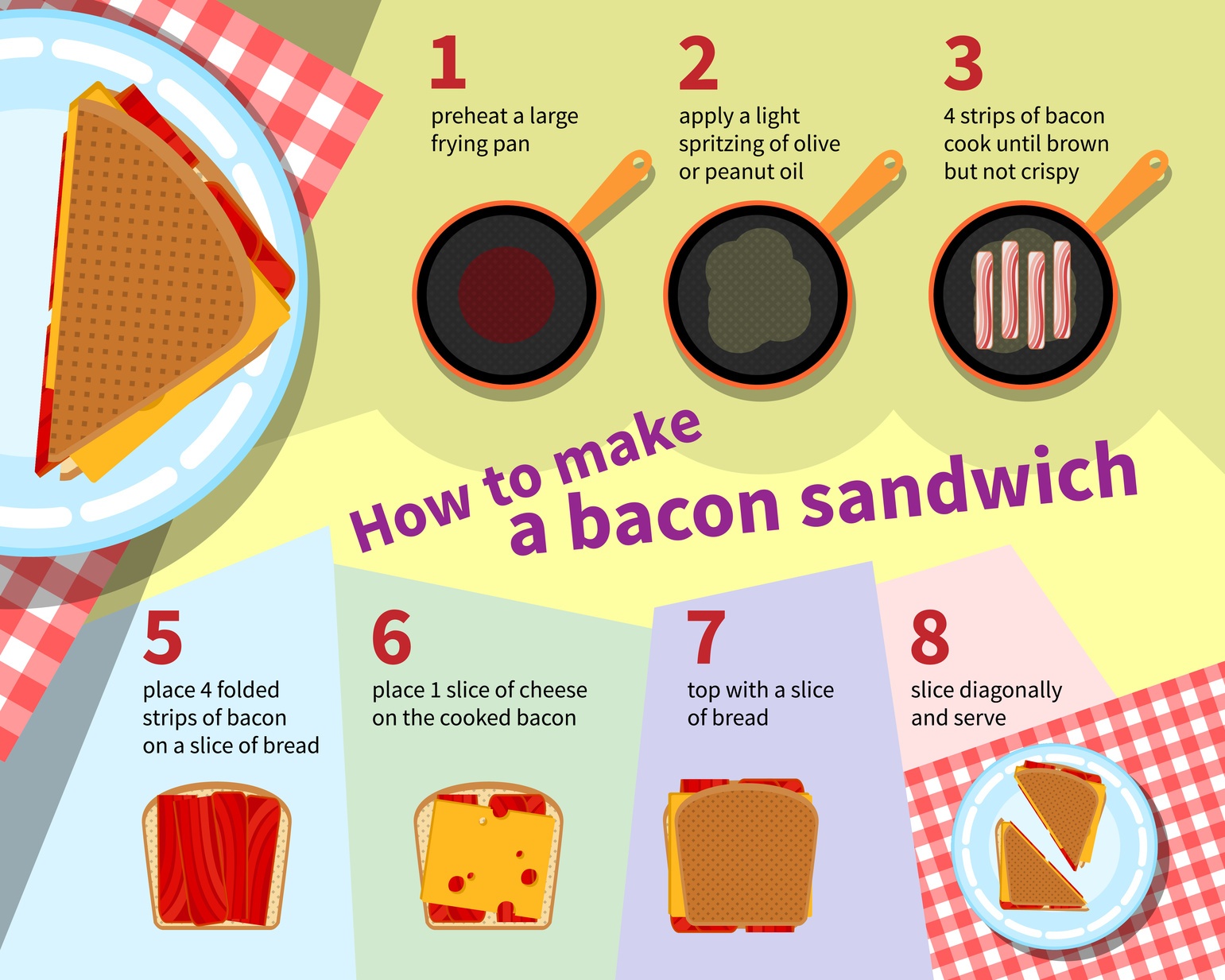Policies, Processes and Standard Operating Procedures sound like corporate babble. And they aren’t much more than corporate babble if the terms are confused or too technical.
But the truth is, the three Ps are an integral part of your business’s structure. And if used effectively, they can streamline your business.
Before we dive into how to productively use them, know that policies, processes, and procedures are often considered corporate babble because many people use the terms interchangeably, which makes things more confusing. Each of these terms, while related, actually mean something slightly different.
Policy
First, policies are the rules and regulations. If you are driving in America, you’re required to stick to a posted speed limit, and you must drive on the right side of the road. That right there, is a policy.
But the road isn’t your business (unless you’re the government), so let’s use an example that hits closer to home: social media. For social media, policies are things like no profanity, no obscene images, no spamming, and no using business accounts for personal social media. This may seem like obvious stuff, but plenty of social media managers have been fired over huge bungles.
This is partially because policies vary by company, and partially because every now and then someone forgets the policy. Some profanity is okay for some companies, while others allow risque pictures. So while it may seem obvious, explicitly stating your policy allows your team to know exactly what the rules are for your company.
Once the rules and regulations (A.K.A. policies) are set in place, it’s time to move onto the processes.
Processes
Processes are a big picture; they describe a series of tasks that lead to an end result. You have a starting point and an ending point. In our driving example, this is your city map. It shows you where you are and where you want to be. However, many streets will get you to where your final destination.
In business, this big picture is several medium to large tasks. It will likely involve more than one person and more than one department. For our social media example, the process is the steps and goals of social media. This includes the publication of articles, which then get sent to social media department to advertise. The social media department then monitors responses. Social media escalates some responses to support, while others they transfer to testimonials.
If your social media department includes multiple people, your process will detail who handles Facebook, who handles the blog, Pinterest, Twitter, etc. Basically, it will describe the top view of when a department (or person) needs to hand off to another department (or person) and what the end goal is when all these departments are done.
If your process includes many people and departments, expect to have delays between steps as one department finishes up before another department or person is ready.
One important distinction to make is that your process is the basic description of what your business or social media is for and does. However, it does not include the day-to-day steps.
Procedures
Procedures, or Standard Operating Procedures (SOP), are those day-to-day, step-by-step instructions. This is not a city map, but turn-by-turn directions on how you are supposed to get to your destination and what to do when you get there.
If we continue our social media example, the procedure details everything the social chair will do. For example, when she starts her day, she checks to see if she needs to post about a new article. She then checks for comments on Facebook. She has instructions on how she should handle specific types of comments. If her procedure includes engagement with other pages, she will engage with other pages. Or her job may be finding a funny image and sharing it.
For an example of a procedure, how about a nice bacon sandwich:

Why You Need These for Your business
Writing down all the steps takes time, but it also gives you room to delegate. This means if you get sick, or any of your team gets sick, you don’t have to scramble to teach someone; they just need to follow your policy, process and procedures.
Some of you with smaller businesses may be thinking, my business doesn’t need all these things. And you’re right; they may not yet. However, this is how you plan for growth, and policy, processes and procedures are the keys to scaling and growing.
